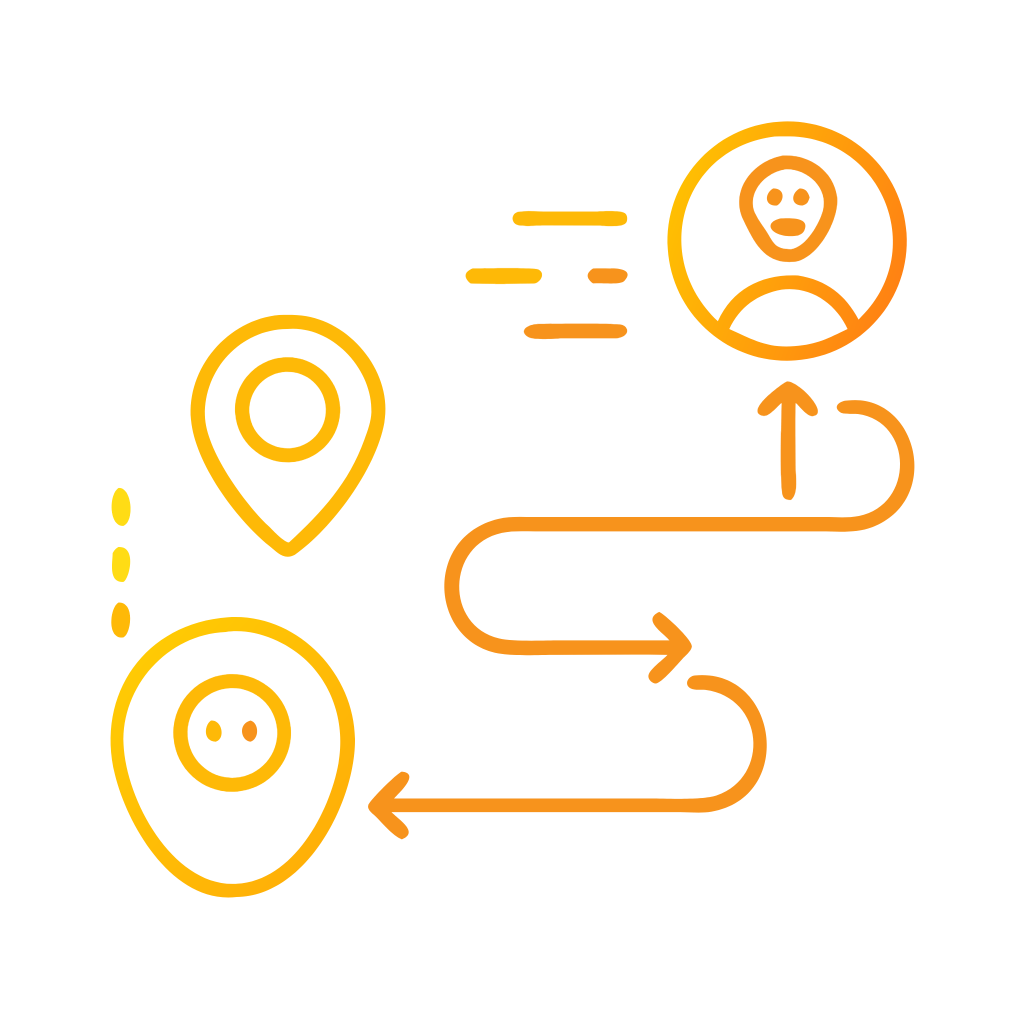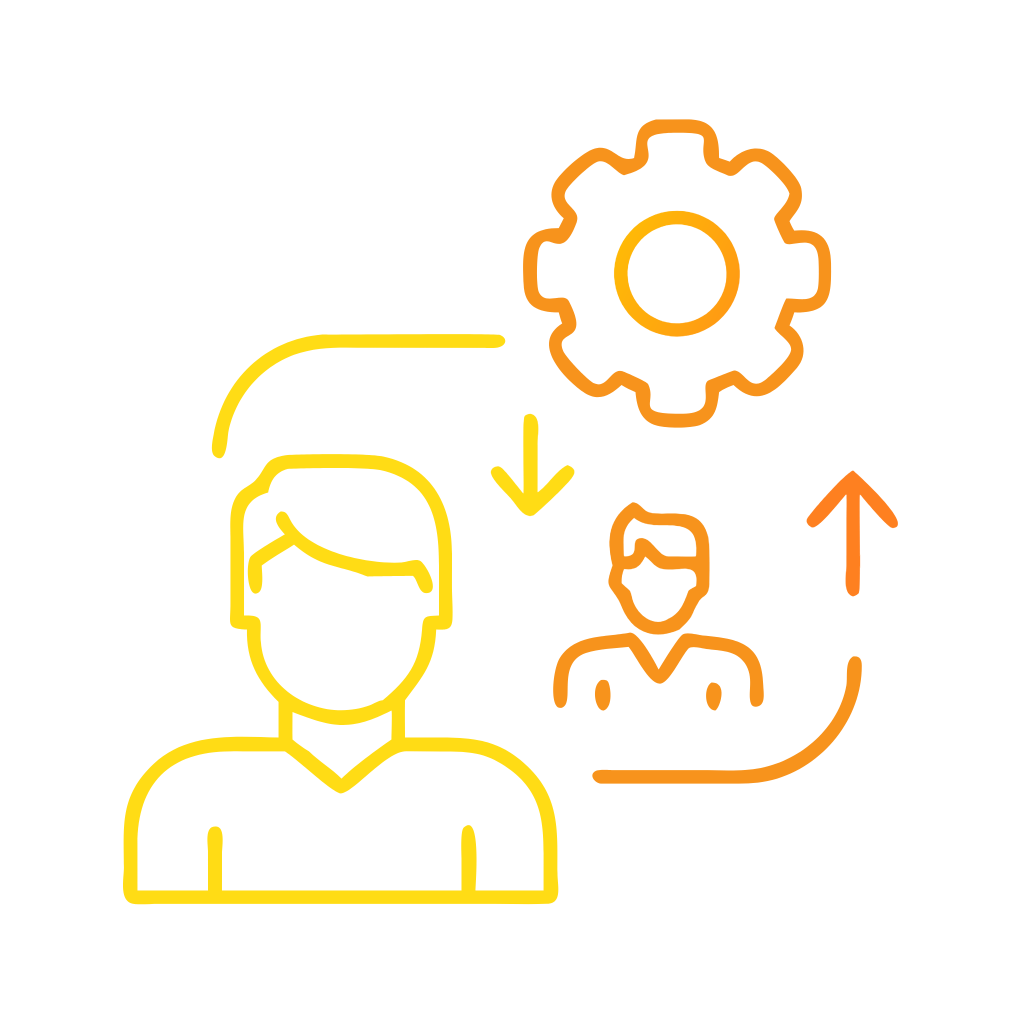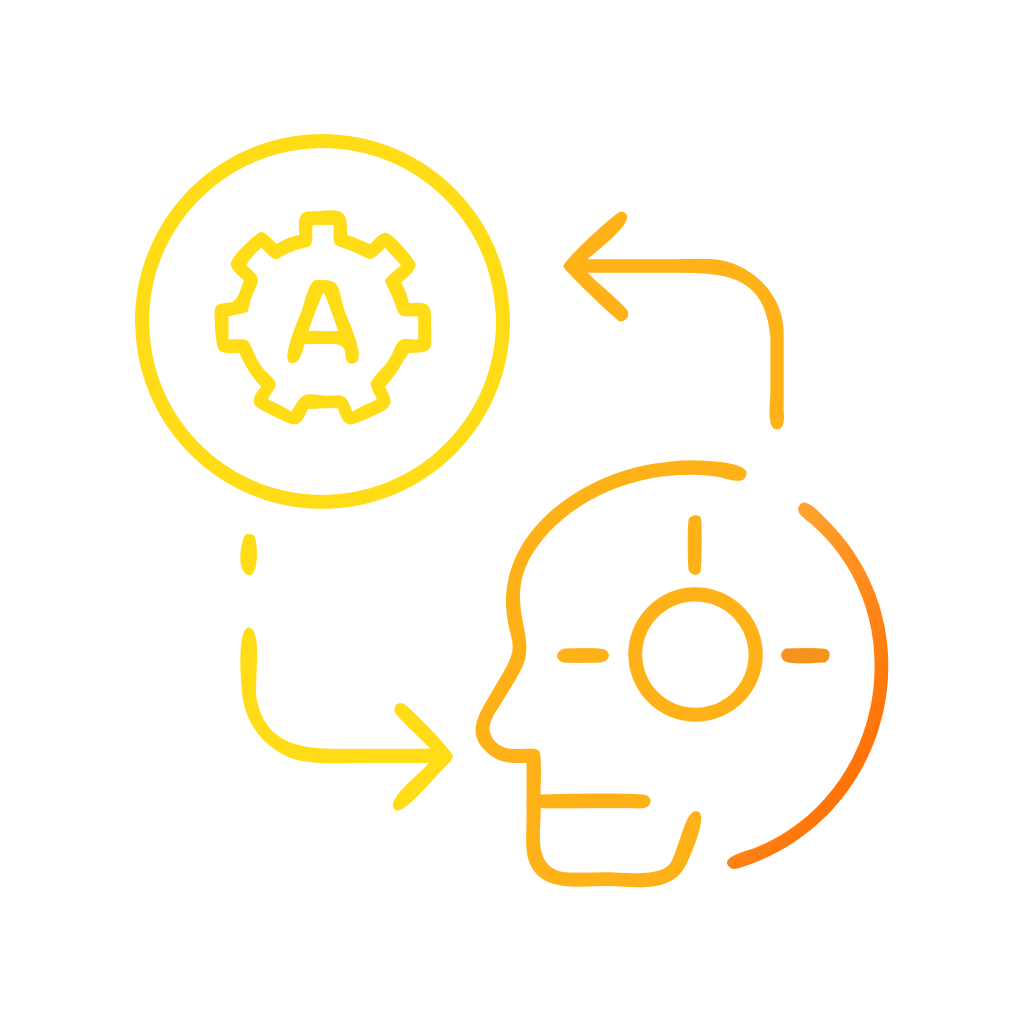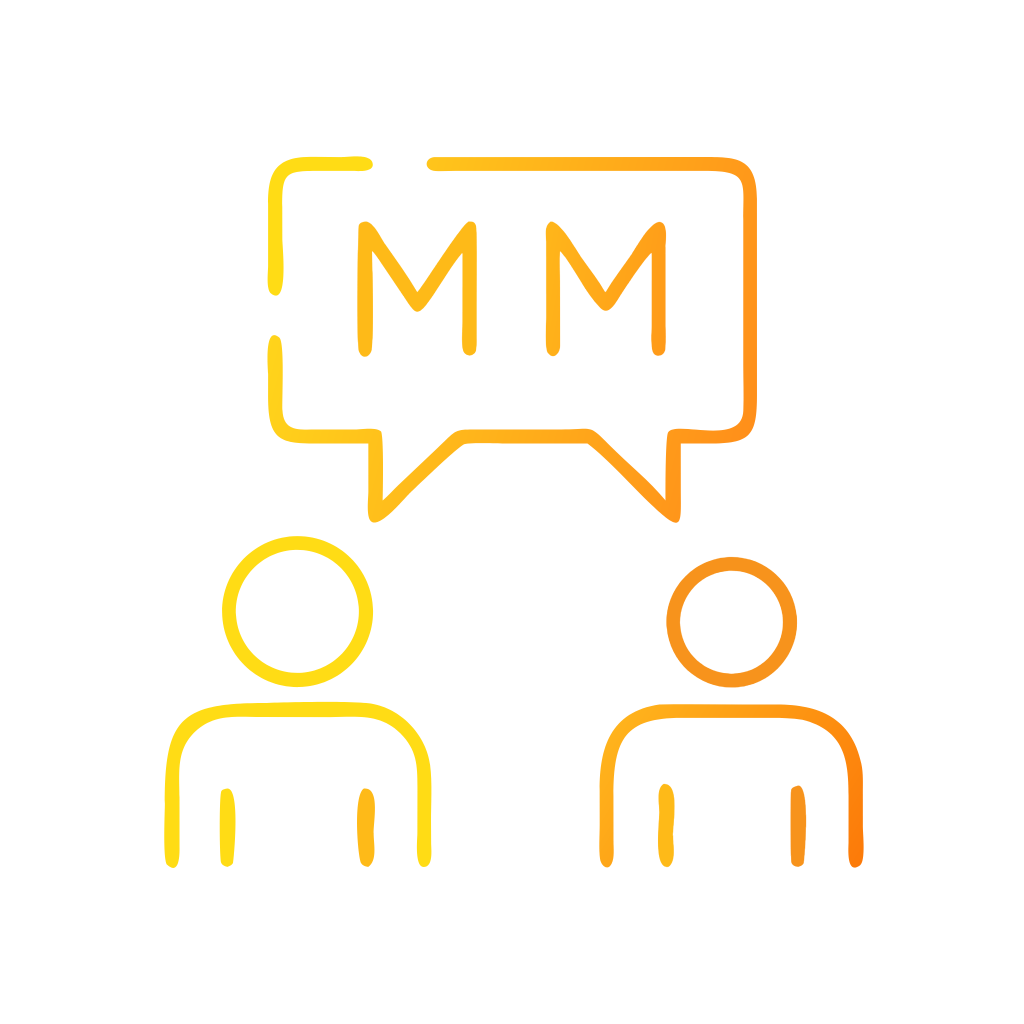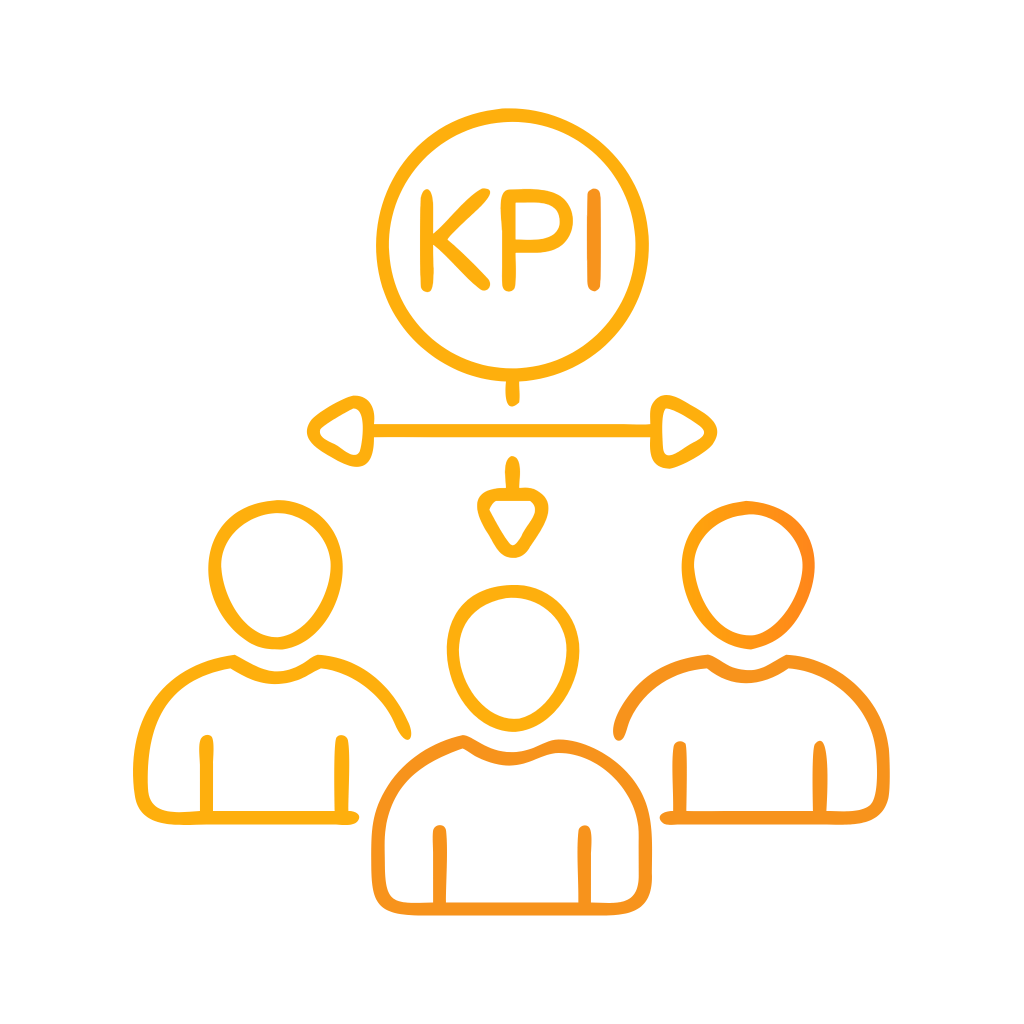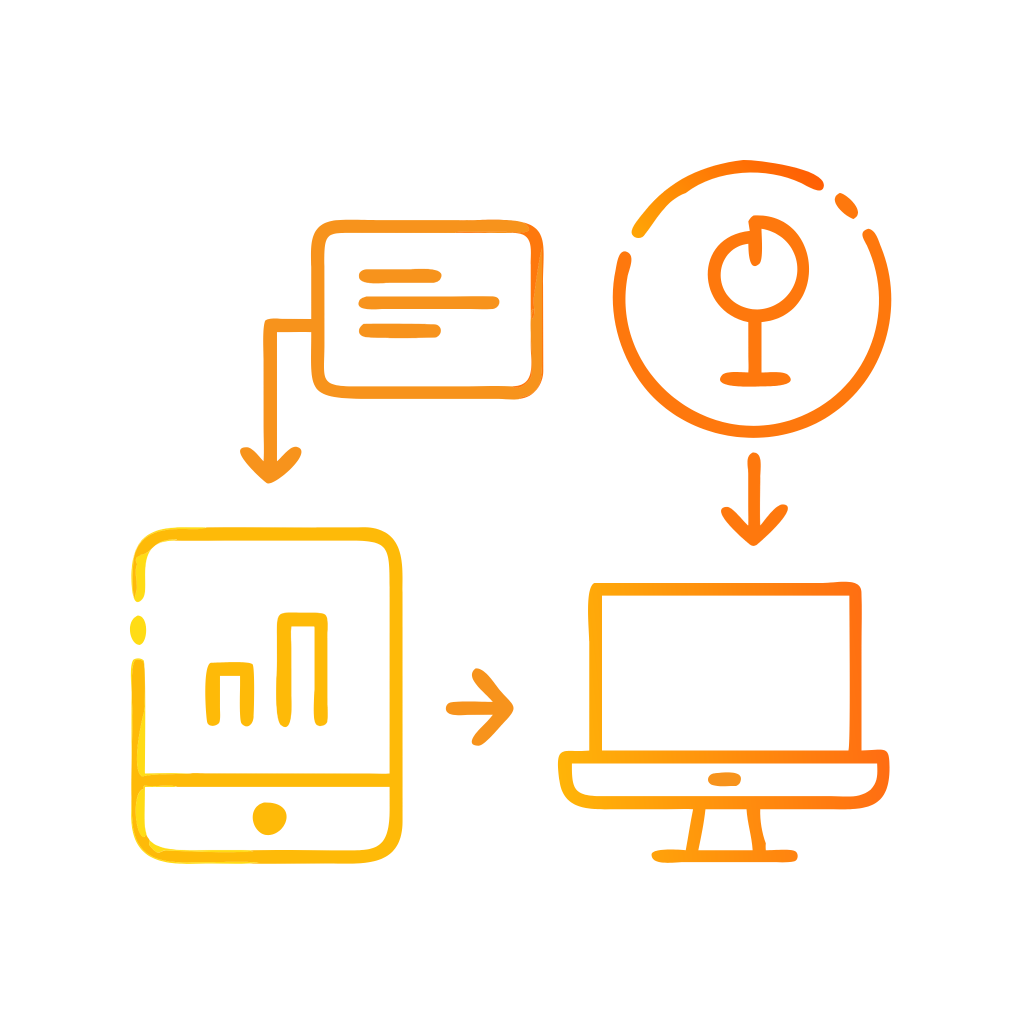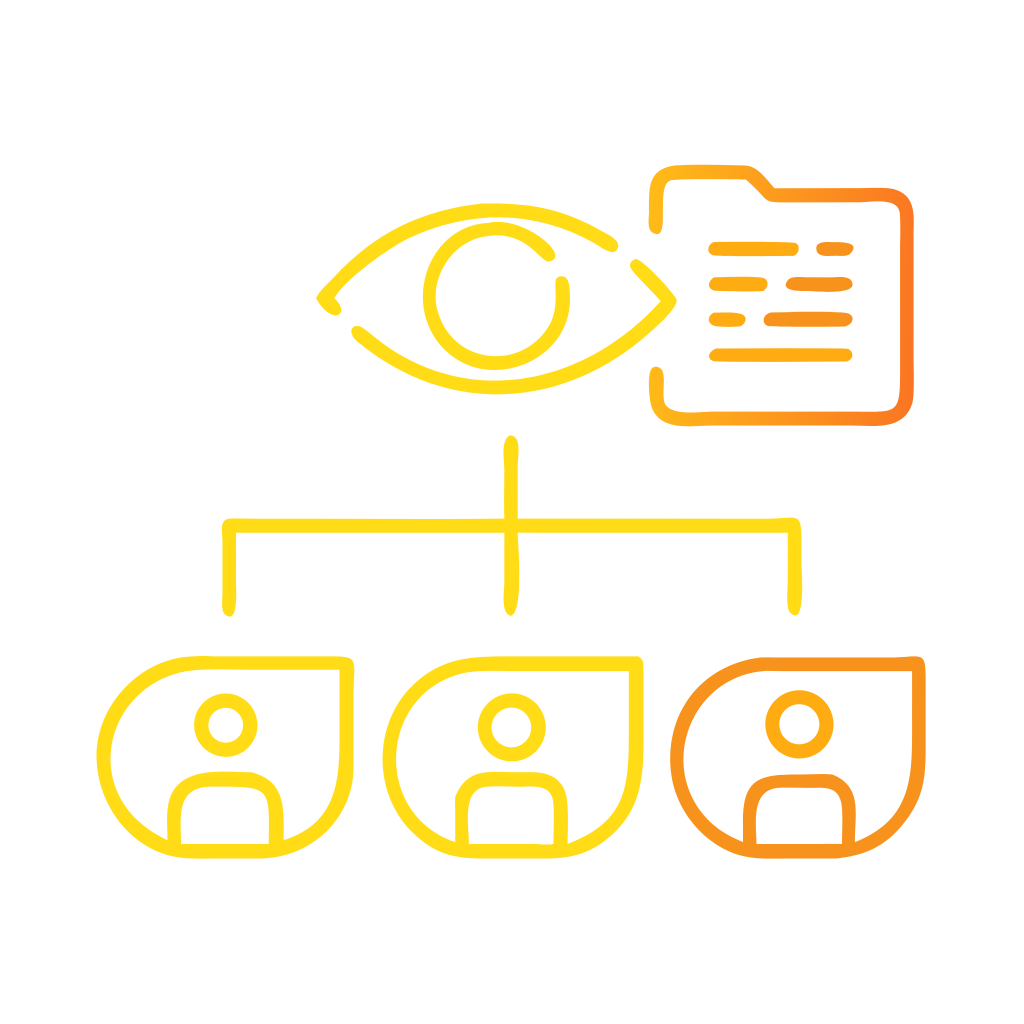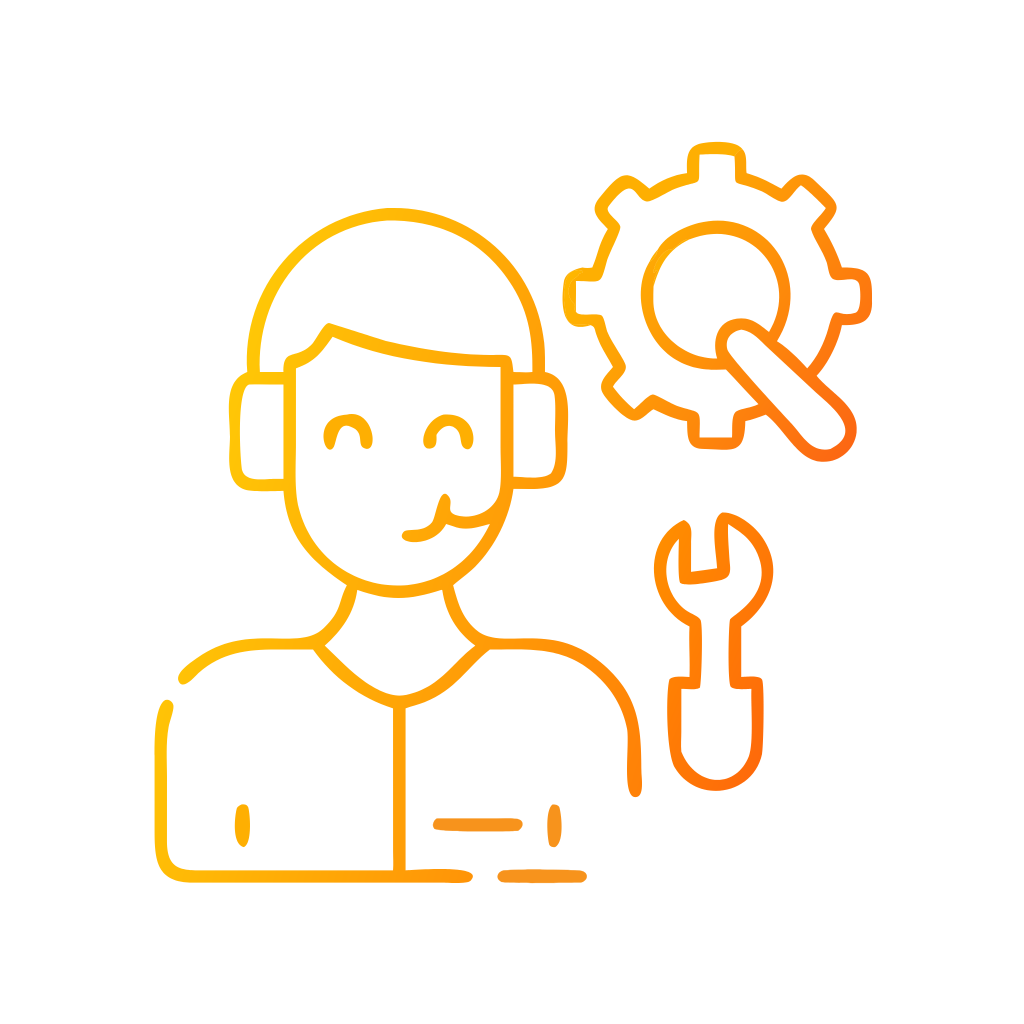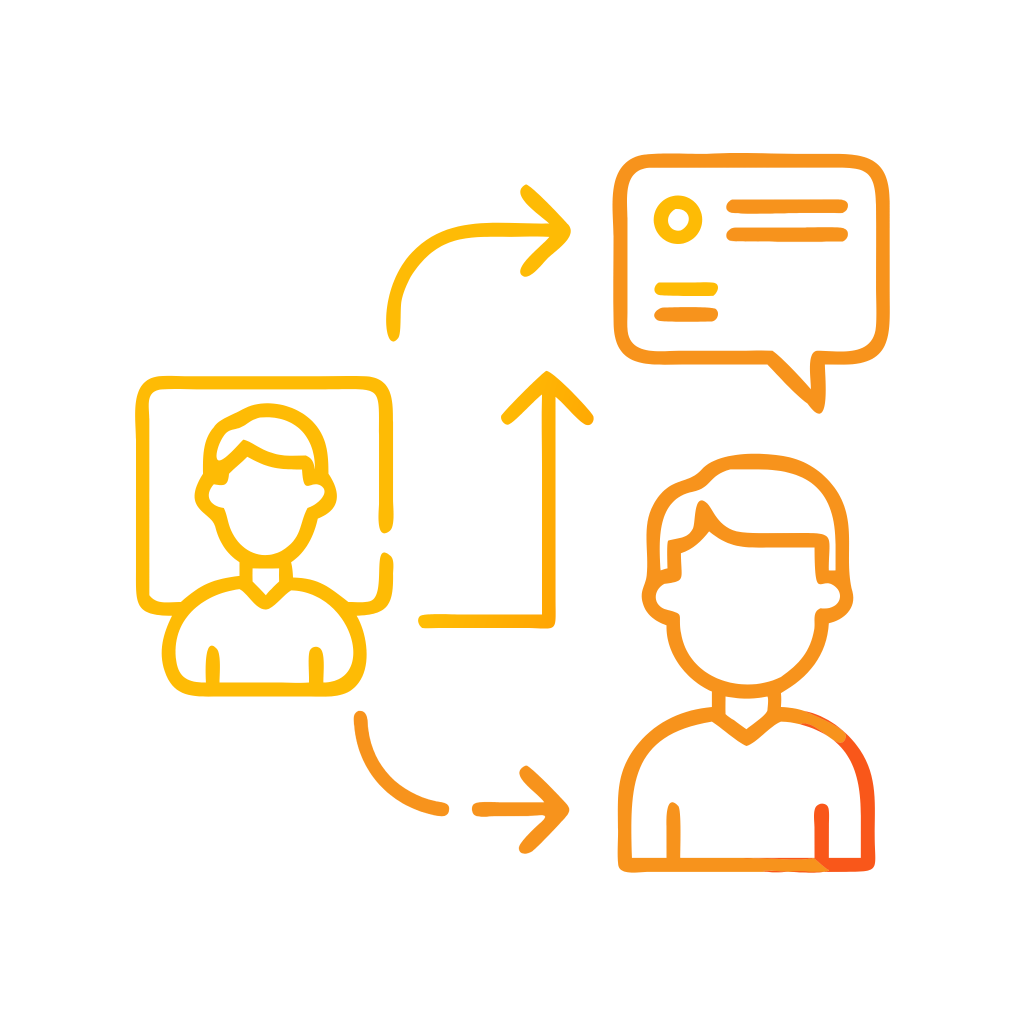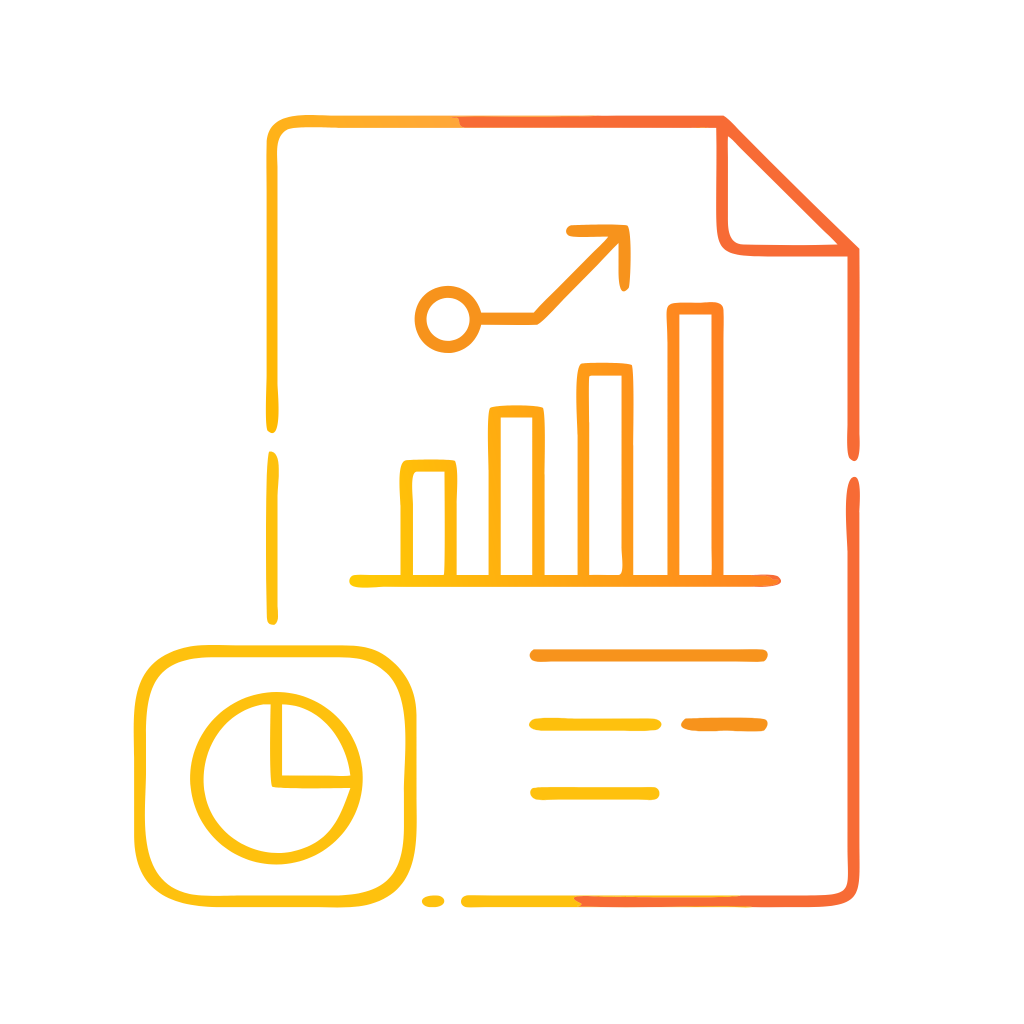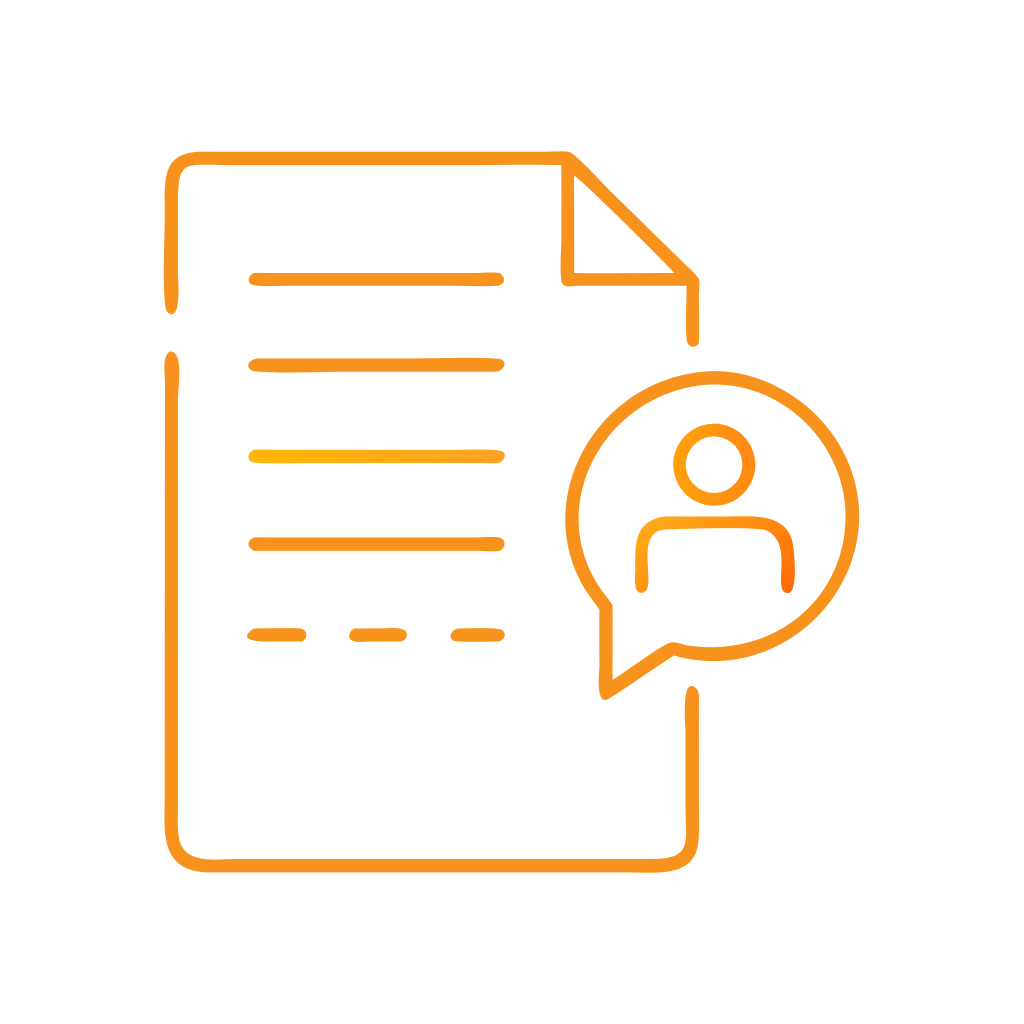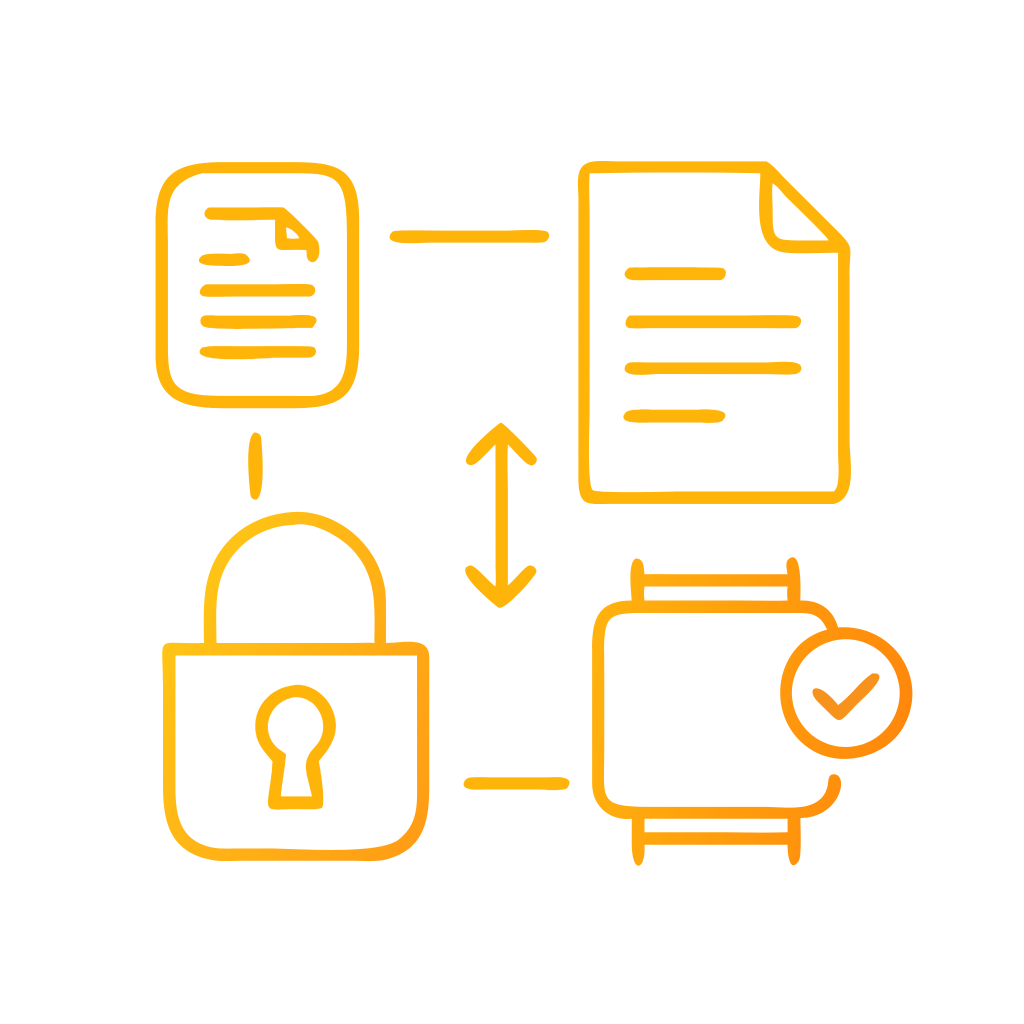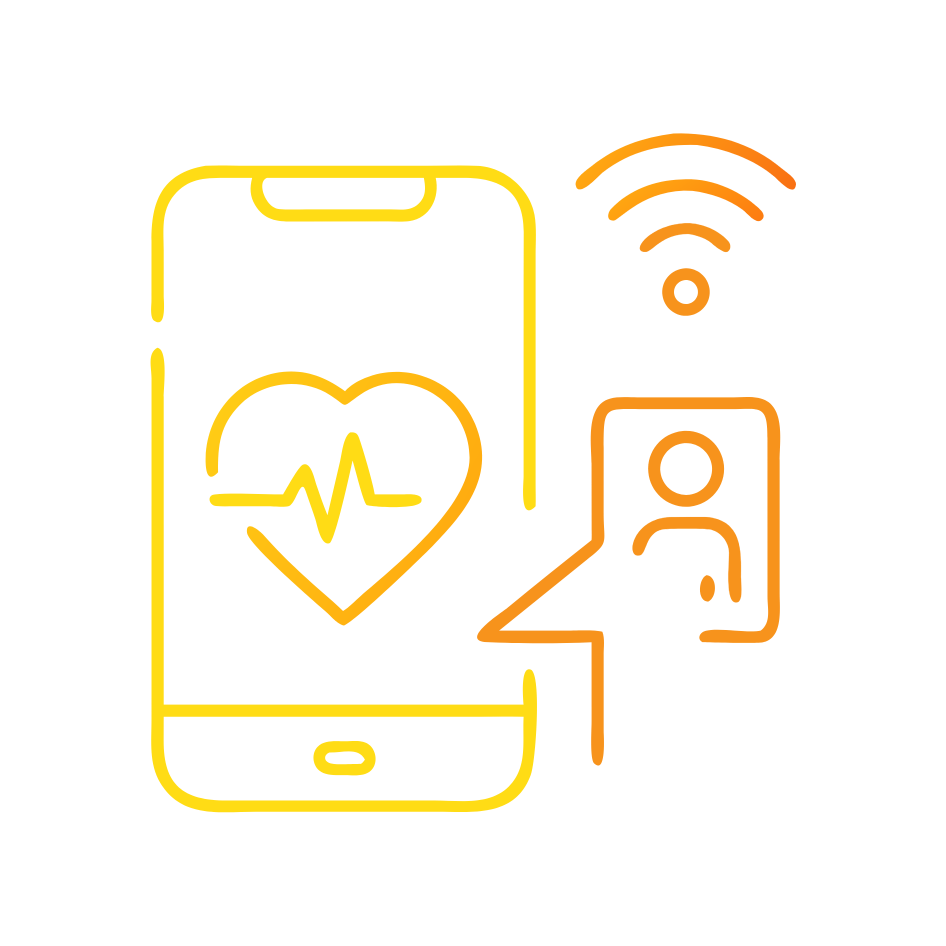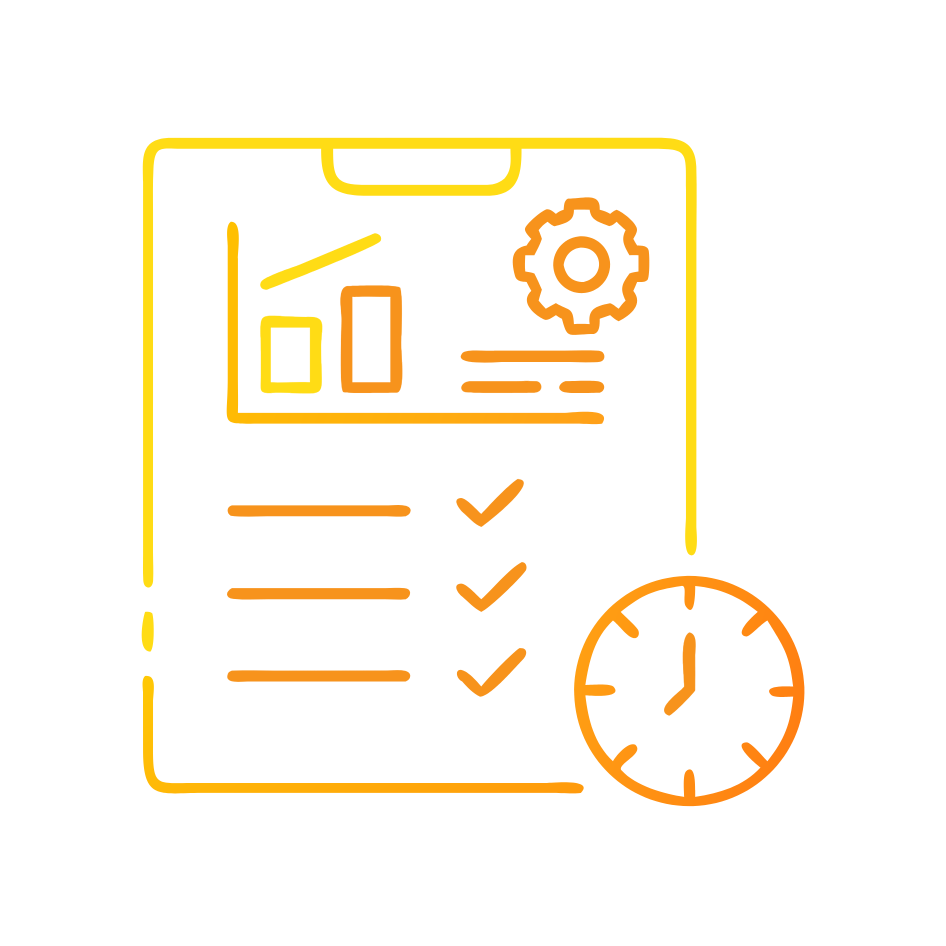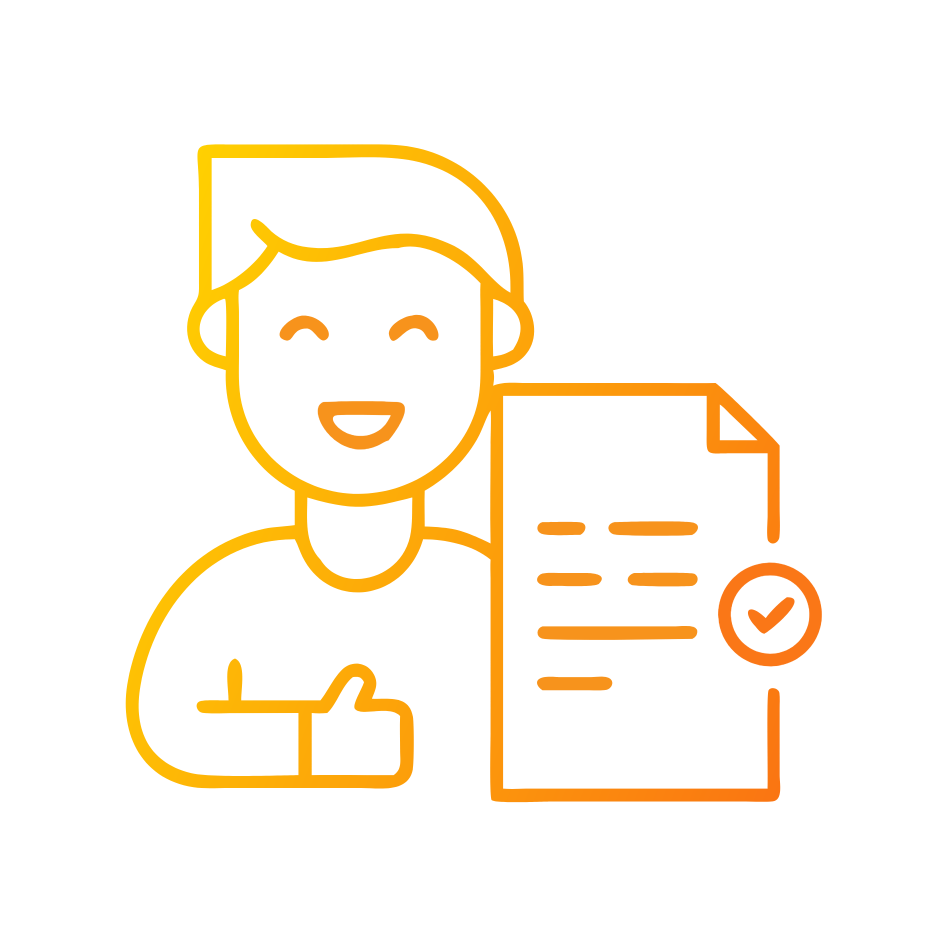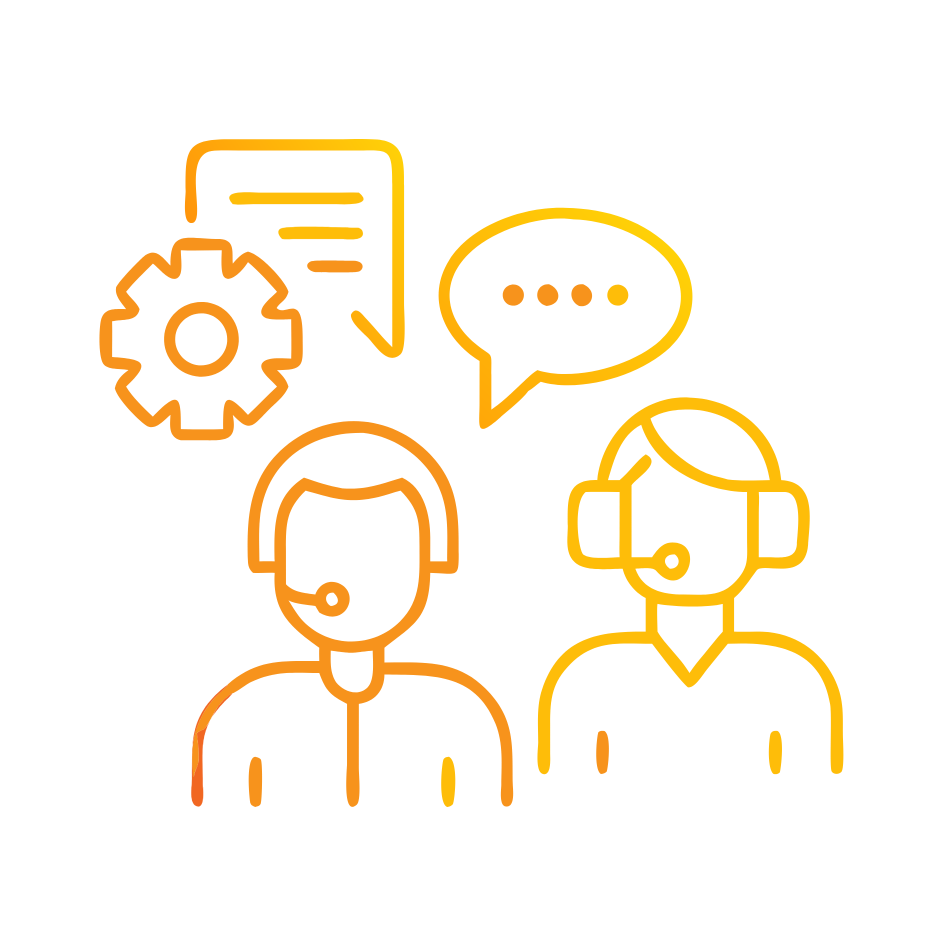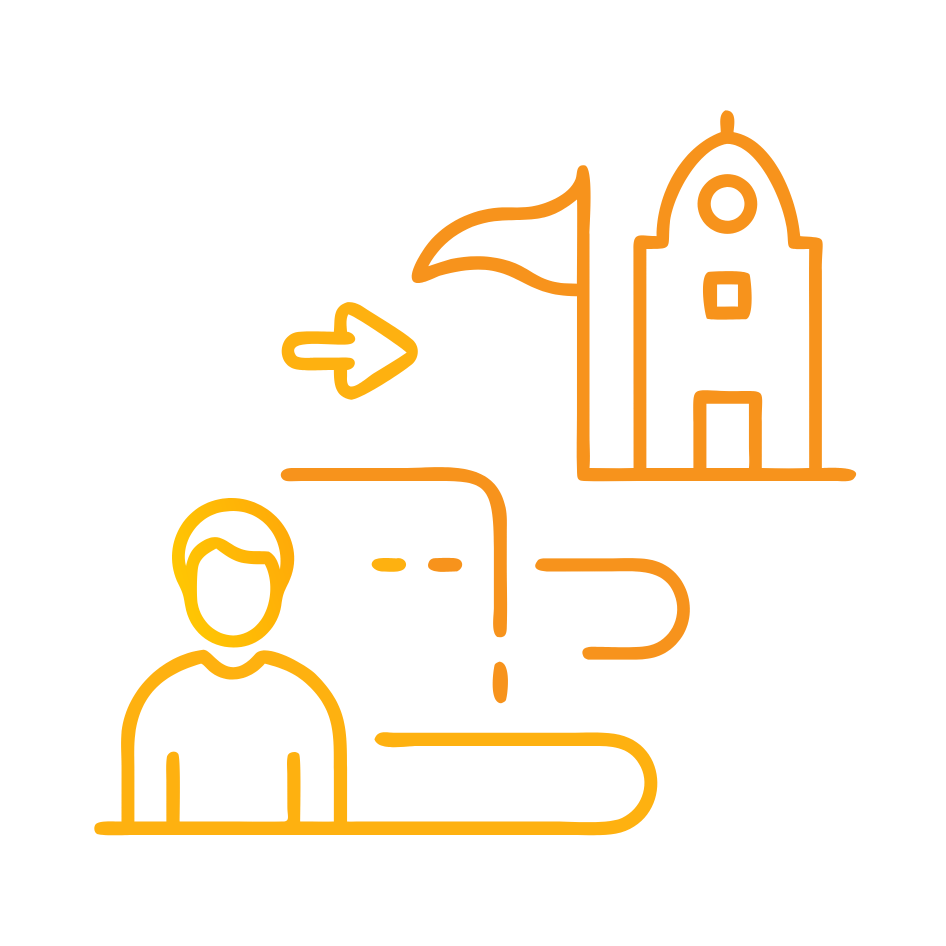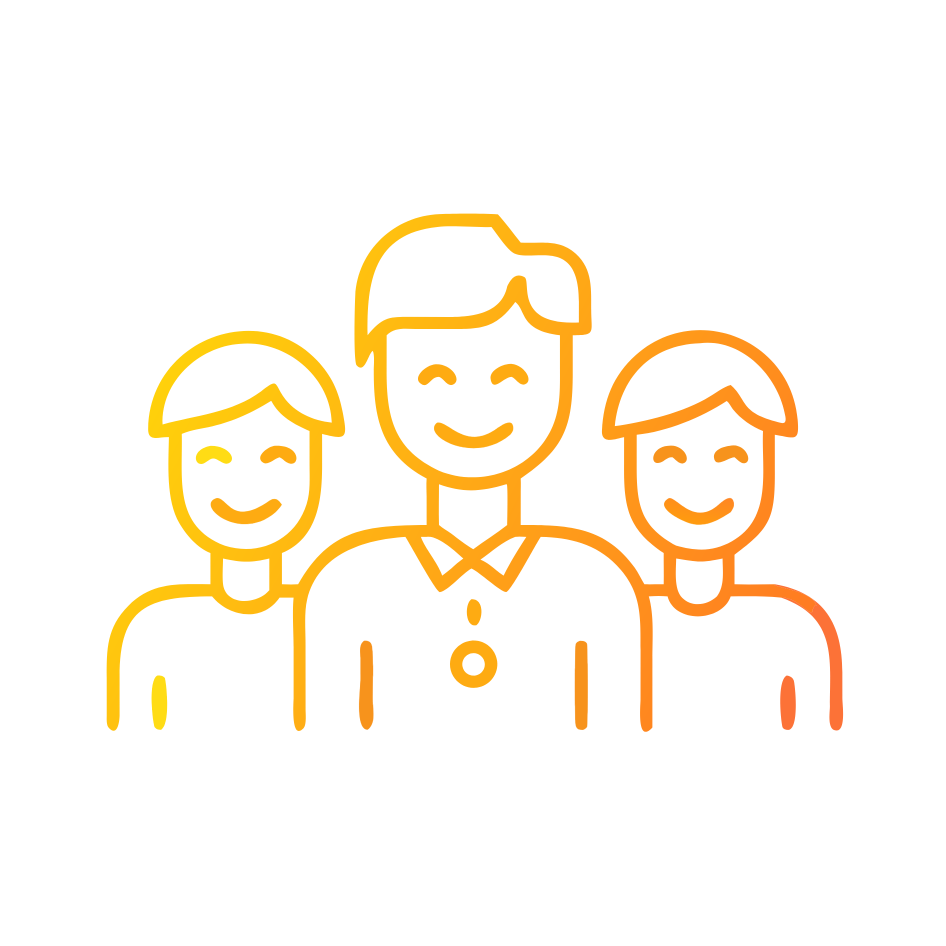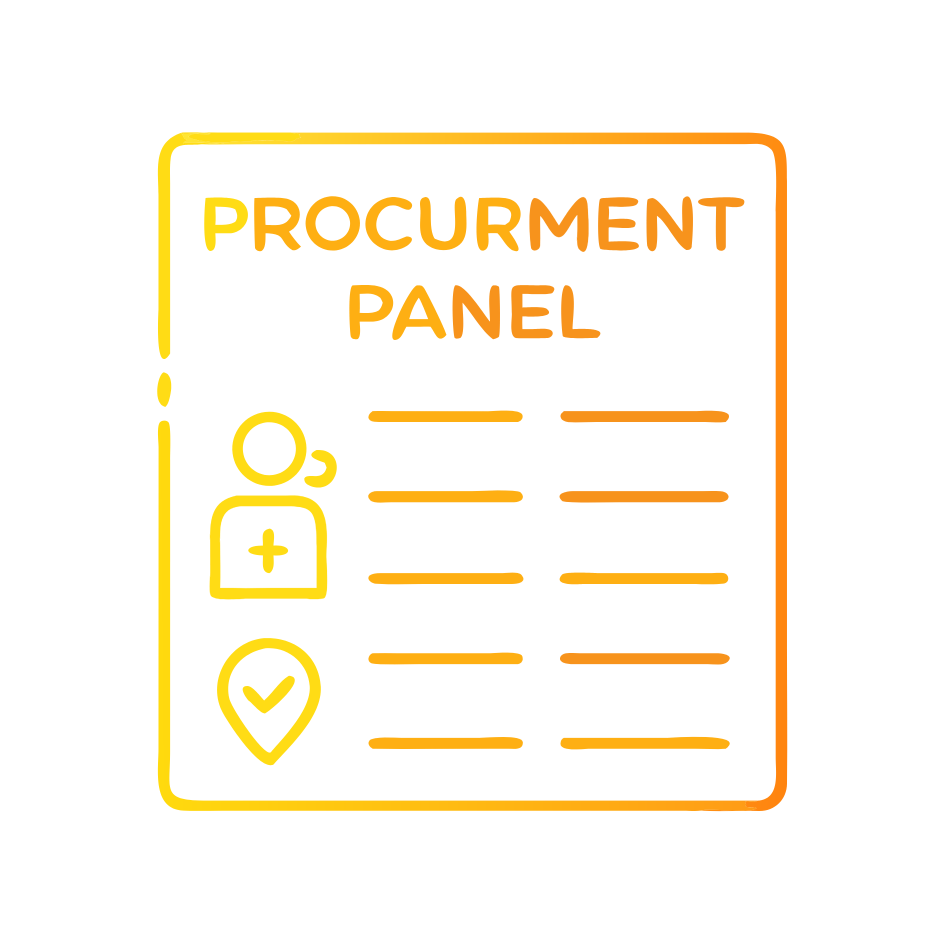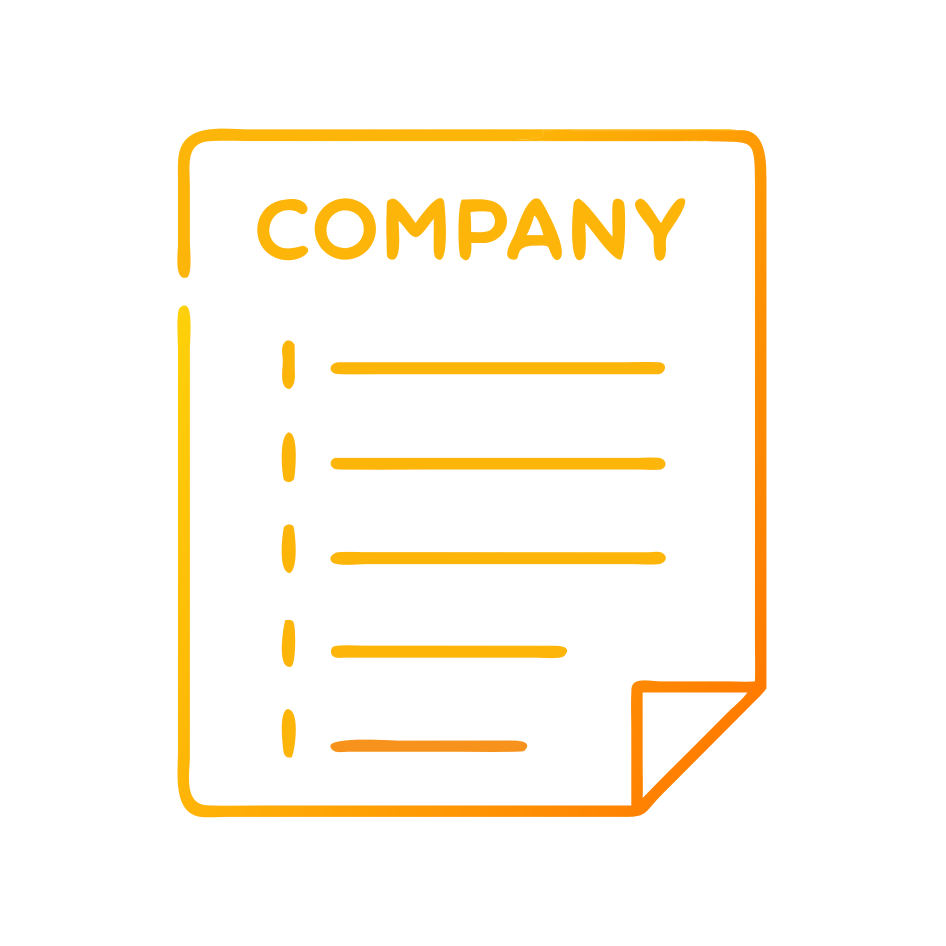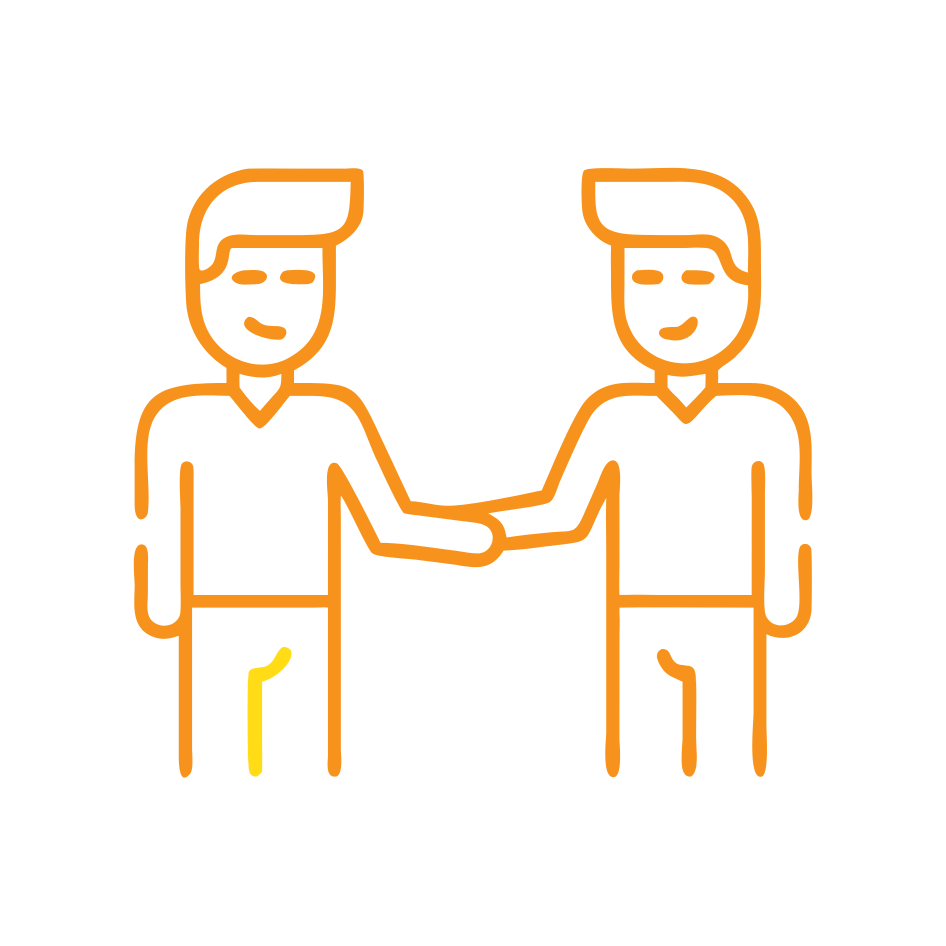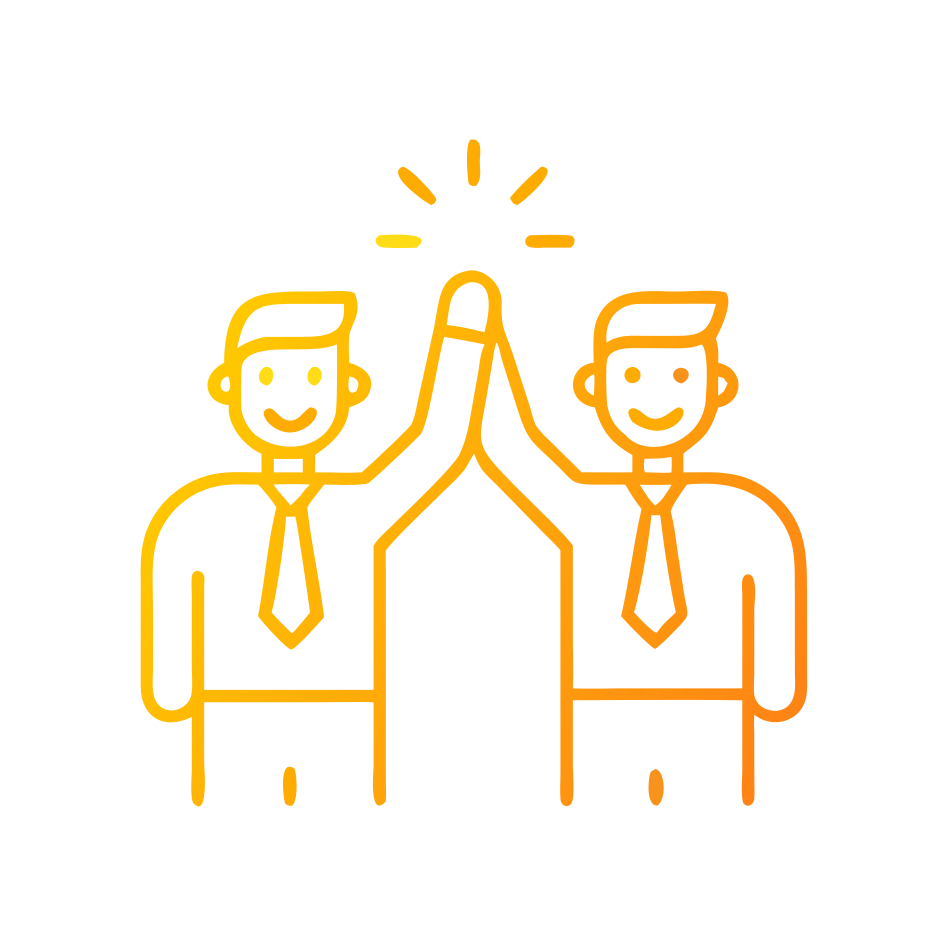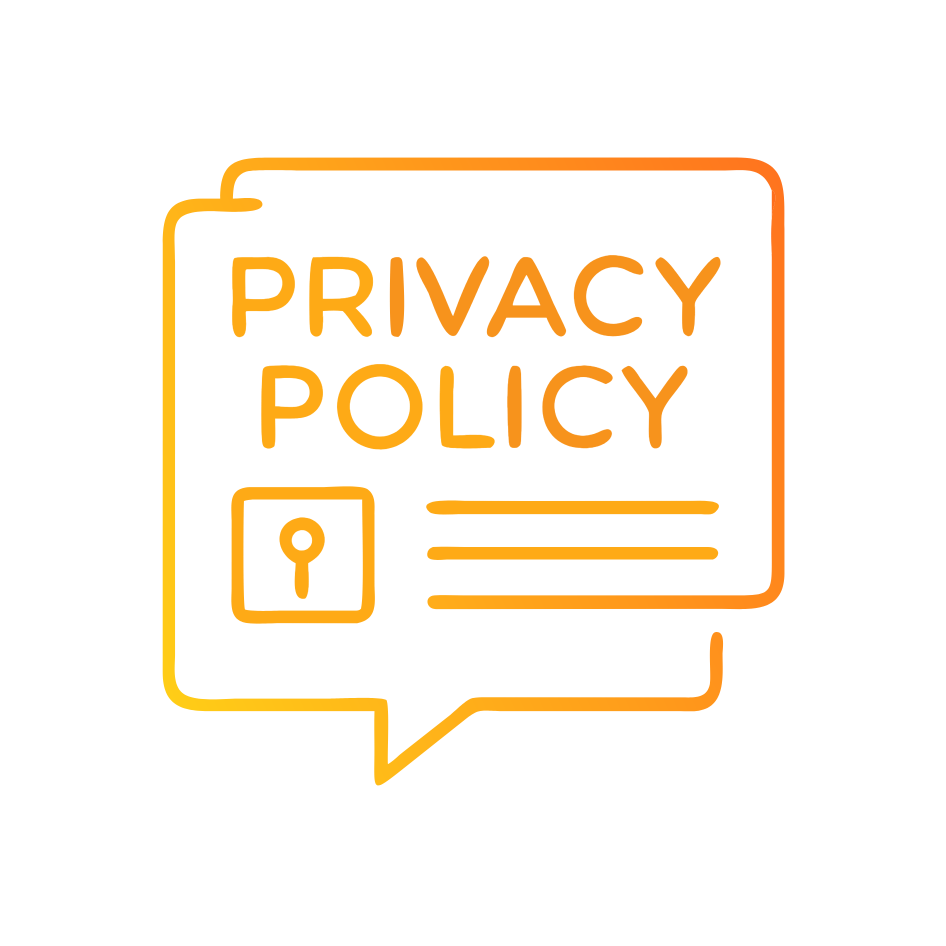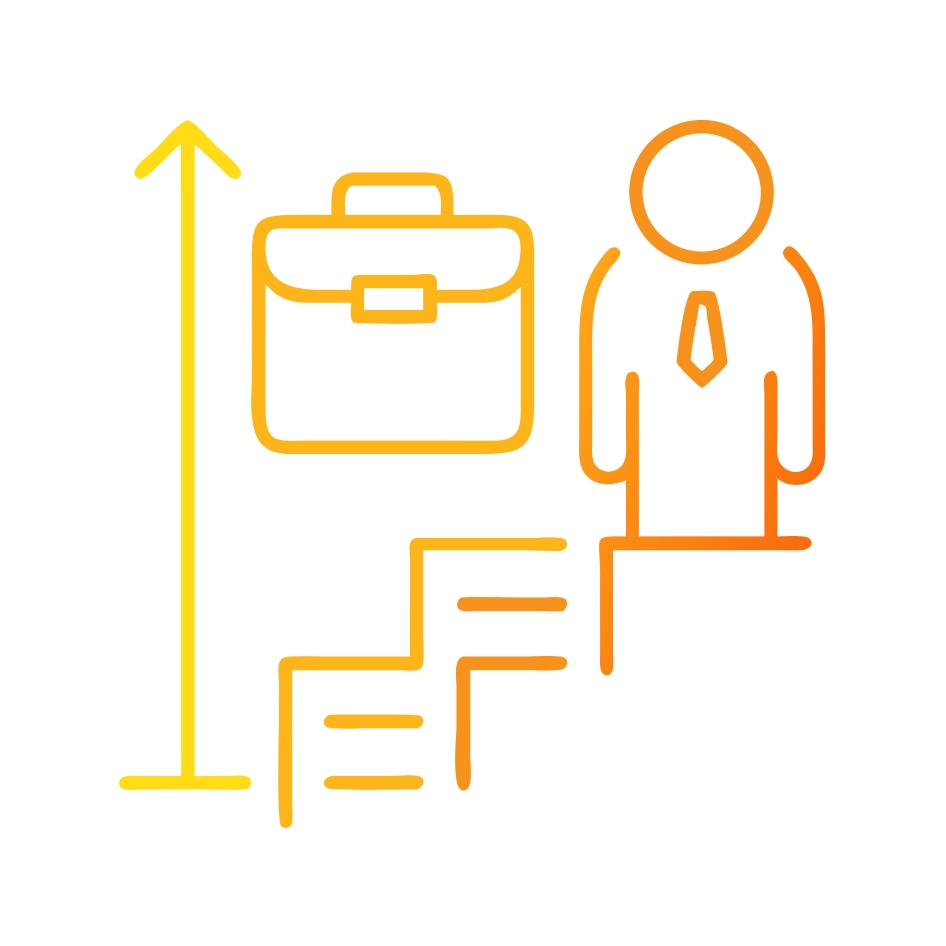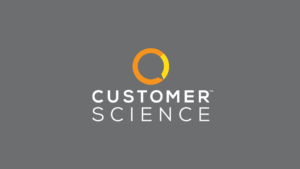Why define a service taxonomy now?
Executives face a crowded vocabulary across customer service and experience. Teams use terms like self-service, assisted service, and hybrid service loosely, which blurs accountability and slows investment. A clear taxonomy reduces ambiguity, anchors metrics, and provides a common operating picture across digital, contact centers, and retail. Research shows most customers prefer to resolve simple issues on their own, which makes precision about service models a strategic necessity.¹
What is “self-service” in modern CX?
Self-service is a customer-initiated interaction where a customer completes a task without direct human support. Typical examples include authenticated portals, searchable knowledge bases, virtual assistants, IVR containment, and automated workflows that complete transactions. Analysts describe self-service as a set of capabilities that enable customers to find answers and resolve issues on their own, 24 hours a day.² When designed well, self-service improves speed, reduces operational load, and contains costs per resolution compared to assisted interactions.³
Where does assisted service still create outsized value?
Assisted service is any interaction where a human agent guides or completes resolution. Assisted channels include voice, live chat, video, and in-person service. Assisted service remains essential for complex, emotionally charged, or regulated scenarios, where context switching, exceptions, and judgment drive outcomes. Benchmarks show wide variability in assisted cost per call, which underscores the need to reserve human capacity for high-value work and to measure cost-to-serve with care.⁴
What is a hybrid model and why does orchestration matter?
Hybrid service combines self-service and human expertise in a single journey, often with AI copilots on both sides. In a human-in-the-loop design, automation handles routine tasks and seamlessly hands off to a person when confidence drops or risk increases.⁵ Leaders now treat AI agents and human agents as teammates, with smart handoffs and shared context that preserve the conversation state.⁶ A hybrid architecture should standardize triggers for escalation, pass full conversation history, and give agents next-best actions to avoid resets and repeat effort.⁵
How do customer preferences shape channel design?
Customers choose self-service for speed, convenience, and control. In recent surveys, a majority reported a preference for self-service to resolve simple issues, but willingness collapses after a single bad experience.¹ ⁷ In retail, adjacent research on self-checkout found that loyalty can decrease if customers perceive the effort as high or the experience as impersonal, which shows the limits of self-service in high-friction contexts.⁸ The design implication is clear. Teams must earn the right to keep customers in self-service by making it easy and reliable the first time.
What do “containment” and “resolution” mean?
Containment rate is the percentage of interactions resolved entirely within an automated channel without handoff to a human.⁹ Containment is not the same as deflection. Deflection suppresses volume without confirming that a need was met. Containment confirms that the task was completed correctly. Leaders should tie containment to verified outcomes such as completed transactions, solved cases, or validated intents with success signals. Practitioners should also track First Contact Resolution, since repeat contacts degrade satisfaction and inflate cost to serve.¹⁰
How should leaders measure each model credibly?
Leaders measure self-service with resolution rate, verified containment, time to resolution, and content usefulness signals.² Assisted service should anchor on First Contact Resolution, average handle time, quality, and effort.¹¹ Hybrid journeys need end-to-end metrics that bridge channels, including escalation quality, data handover completeness, and post-escalation resolution time. Gartner recommends comparing cost per resolution between self-service and assisted channels to demonstrate financial impact and to guide investment.³
What does the evidence say about effort and loyalty?
Customer Effort Score (CES) predicts loyalty better than delight-based strategies in service journeys. Reducing effort, not exceeding expectations, drives repurchase and lowers churn risk. Seminal research shows that making it easy to solve problems yields stronger outcomes than adding surprise benefits.¹² Operationally, the biggest drag on effort is the need to contact the company again because the first interaction did not resolve the issue. Organisations should focus on first-time resolution across channels and on eliminating unnecessary transfers.¹³
How do we apply the taxonomy to real environments?
Executives can translate the taxonomy into operating rules. In e-commerce and subscription businesses, design for self-service by default for billing changes, password resets, shipping status, and knowledge queries. In financial services and healthcare, design hybrid journeys that begin in automation and step up to human support when risk or complexity exceeds thresholds. Retailers illustrate hybrid at checkout by offering both staffed lanes and self-checkout, tuned to basket size and customer preference, with dynamic staffing to reduce perceived effort.¹⁴
What operating mechanisms turn taxonomy into results?
Leaders should codify the following mechanisms:
Channel intent mapping. Define which intents belong in self-service, assisted, and hybrid, and document guardrails for escalation.²
Quality gates for automation. Release or expand self-service only when resolution accuracy and containment meet minimum thresholds, with rollback plans.⁹
Smart handoff playbooks. Pass identity, history, and bot transcript to agents, and show suggested next actions and knowledge snippets to compress time to value.⁶
Content and knowledge governance. Treat articles as products with owners, review cadences, and data on findability and usefulness.²
Agent assist. Use AI tools that retrieve context, draft responses, and summarize threads so agents resolve complex issues faster in hybrid flows.⁵
How should we compare cost to serve without bias?
Cost per resolution can be materially lower in automated channels, yet published benchmarks differ based on scope and context. Some sources report a per-call range in the low single digits, while others highlight higher assisted costs depending on labor mix, geography, and complexity.⁴ Leaders should calculate internal cost per resolution by channel using fully loaded costs, then validate with external ranges for sanity checks. The goal is not a single universal number. The goal is a consistent internal method that connects investment to outcomes.
What risks accompany each service model?
Self-service fails when findability is poor, content is wrong, or the workflow dead ends. Customers then escalate, repeat information, and lose confidence in the channel.³ Assisted service fails when knowledge is inconsistent, agents lack tools, or policies block resolution. Hybrid fails when the handoff breaks context or the customer must start over. The risk to loyalty in all three models is avoidable effort. The remedy is disciplined measurement and a culture that treats ease as the primary design constraint.¹²
Which metrics prove success to the board?
Boards ask whether service investments improve loyalty and reduce cost. Executives should present a stable scorecard:
Self-service: verified containment, completion rate, time to resolution, search success, and authenticated completion.⁹
Assisted: First Contact Resolution, quality, handle time, and post-contact effort.¹¹
Hybrid: escalation acceptance rate, context transfer completeness, post-escalation time to resolution, and overall journey satisfaction.⁶
Include a financial view that compares cost per resolution by model and a risk view that tracks regulatory exceptions and complaint rates.³
What are the next steps for leaders in Customer Experience?
Leaders should set a 90-day plan anchored to the taxonomy. Start by mapping top intents and assigning them to self-service, assisted, or hybrid. Validate containment definitions and build handoff playbooks that preserve context. Invest in knowledge governance to raise self-service accuracy. Equip agents with AI assist so hybrid escalations resolve faster. Rebaseline cost per resolution by channel using internal data and report results quarterly. The prize is higher loyalty, lower cost to serve, and a service portfolio that adapts as customer needs and technology evolve.¹²
FAQ
What is the difference between self-service and deflection in customer service?
Self-service is a resolved interaction completed by the customer without a human. Deflection reduces assisted volume without confirming resolution. Leaders should measure verified containment to ensure the customer actually solved the problem.⁹
How do I define and track chatbot containment rate credibly?
Containment rate is the percentage of total automated interactions fully resolved without human escalation. Track it with outcome signals like completed transactions or solved cases, not clicks or time on page.⁹
Why does Customer Effort Score matter more than delight in service?
Research shows that reducing effort predicts loyalty better than delighting customers. The largest driver of effort is repeat contact due to unresolved issues, so focus on first-time resolution.¹²
Which metrics should I present to the board for hybrid service?
Use end-to-end metrics across channels: escalation quality, data handover completeness, post-escalation time to resolution, and overall journey satisfaction, alongside cost per resolution.⁶
How strong is customer preference for self-service?
Surveys report that a majority of customers prefer to use self-service for simple issues, but willingness drops sharply after a single poor experience. This places a premium on accuracy and ease.¹
Where does assisted service still matter most?
Assisted service is essential for complex, high-risk, or emotionally sensitive scenarios. Cost per call varies widely, so reserve human capacity for cases where judgment and reassurance drive outcomes.⁴
What retail lessons apply to digital CX design?
Studies of self-checkout show loyalty can decline when perceived effort is high or service feels impersonal. Offer choice, tune staffing, and watch for signals of rising effort to maintain trust.⁸
Sources
Salesforce, “What is Customer Self-Service? A Complete Guide,” 2025, Salesforce Service. https://www.salesforce.com/service/customer-self-service/what-is-customer-self-service/
Gartner, “Self-Service Customer Service: Key Capabilities and Best Practices,” 2024, Gartner. https://www.gartner.com/en/customer-service-support/topics/self-service-customer-service
Gartner, “Improving Self-Service Containment From Search to Resolution,” 2024, Gartner. https://www.gartner.com/en/customer-service-support/trends/improving-self-service-containment-from-search-to-resolution
No Jitter, “How Generative AI Will Improve ROI in the Contact Center in 2024,” 2024, No Jitter. https://www.nojitter.com/customer-experience/how-generative-ai-will-improve-roi-in-the-contact-center-in-2024
Broadvoice, “What is Human in the Loop for the Contact Center,” 2025, Broadvoice. https://broadvoice.com/blog/human-in-the-loop/
Parloa, “How to Orchestrate a Hybrid CX Workforce of Humans and AI Agents,” 2025, Parloa. https://www.parloa.com/blog/ai-human-hybrid-customer-support/
Salesforce, “What Is Self-Service Software? Benefits and Best Practices,” 2025, Salesforce Service. https://www.salesforce.com/service/customer-self-service/software/
Business Insider, “Self-checkout is alienating shoppers, new research finds,” 2024, Business Insider. https://www.businessinsider.com/self-checkout-alienating-shoppers-according-to-new-research-2024-1
Botpress, “Complete Guide to Chatbot Containment Rates,” 2025, Botpress. https://botpress.com/blog/containment-rate
Qualtrics, “How First Contact Resolution Can Boost Customer Satisfaction,” 2023, Qualtrics. https://www.qualtrics.com/experience-management/customer/first-contact-resolution/
ICMI, “What Contact Centers Are Measuring, According to the Data,” 2025, ICMI. https://www.icmi.com/resources/2025/what-contact-centers-are-measuring
Harvard Business Review, “Stop Trying to Delight Your Customers,” 2010, Harvard Business Review. https://hbr.org/2010/07/stop-trying-to-delight-your-customers
Harvard Business Review, “Stop Trying to Delight Your Customers: The Idea in Practice,” 2012, Harvard Business Review. https://hbr.org/2012/01/stop-trying-to-delight-your-cu
News.com.au, “Woolworths’ bold new front-of-store experience amid shift in shopping habits,” 2024, News.com.au. https://www.news.com.au/lifestyle/food/woolworths-bold-new-frontofstore-experience-amid-shift-in-shopping-habits/news-story/171fce3480ec9dc76800b63646d1f7b8
